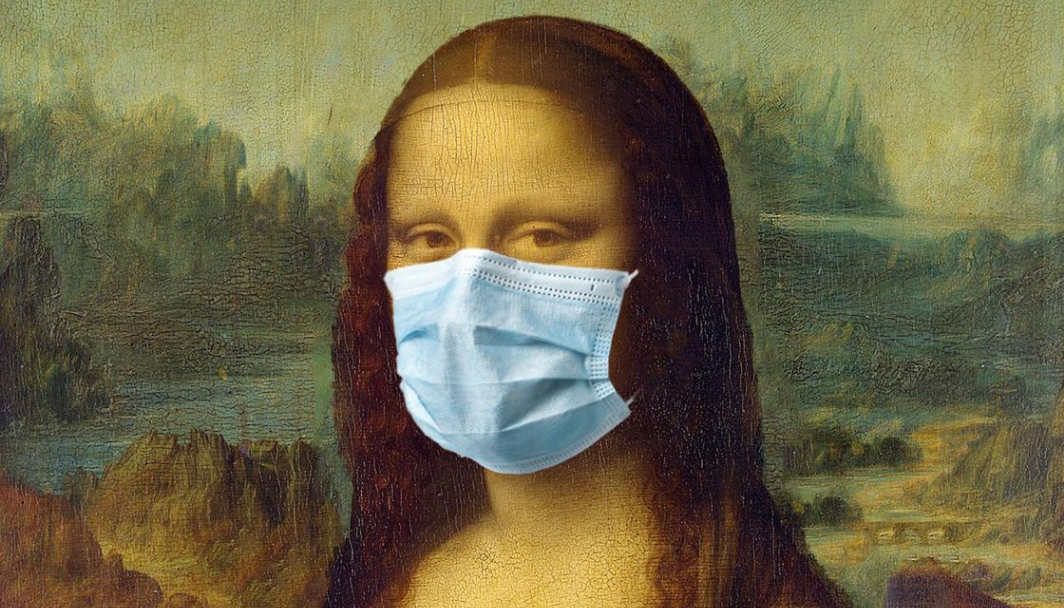With an enigmatic smile on her face and eyes that seem to follow viewers around the room, Mona Lisa exists as an oil painting, visited by millions each year. Every day, people crowd the Louvre to catch a glance of Leonardo da Vinci’s work. Flocks of tourists from all across the globe travel to Paris with the intent of meeting her inscrutable gaze. But how does Mona feel? To be the object of so many people’s affection, a dominant influence of contemporary portrait painting, the face reproduced on so many products and a symbol of the European tourism industry. So, when headlines emerged announcing the closure of the Louvre due to coronavirus fears, I began to question the fate of Mona Lisa and ultimately, the future of tourism in Europe.
The recent outbreak of novel coronavirus has caused widespread panic, causing respiratory illness and flu-like symptoms that vary among those infected. First identified in China, the virus is spreading rapidly and the number of cases continues to rise worldwide, with 60 countries currently affected. The novelty of coronavirus and unknown fears accompanied by it have made the illness a global phenomenon.
In Europe, northern Italy has been most impacted, with more than 1,600 cases and 34 deaths confirmed. Milan and Venice are two of the most active financial areas in the country, and a slowdown in international visitors to these cities, especially those from China, could very likely cause significant economic damage. Another major hub for tourism and the birth region of Leonardo da Vinci himself, Florence has also been hit hard by the coronavirus. As China’s economy has risen over the past two decades, the European tourism industry has greatly benefited from the country, until now. 13% of the Italian gross domestic product is due to tourism, but as more countries discourage people from traveling into the Meditteranean region, the risk of substantial economic loss continues to increase.
Cases have since been confirmed in the Netherlands, causing a heightened threat of the virus potentially hitting the EUR community. Rumors of classes being canceled or exams being postponed have spread across campus, but no measures have been taken as of yet. The tourism industry in the Netherlands has not been significantly affected, but only time will tell as visitors usually flock during the approaching spring season.
Within France, the Health Minister recently announced a shutdown of all public gatherings with more than 5000 people in a confined space, prompting the Louvre’s decision to close its doors. Averaging 15,000 visitors per day, most of whom are foreign tourists, Mona Lisa now hangs in an empty room, with no cameras in her face or lines out the door of people awaiting a glimpse of her gaze. She saw 9.6 million visitors last year, today she sees none.
What does this mean for the future of Europe’s travel industry? How will the 30 million people employed in the continent’s tourism sector be affected? While current fears of coronavirus are undoubtedly focused on the illness itself, the fate of Europe’s economy is a mystery unknown, symbolized by the very face that drives it.
Author: Gigi Migliazzo
Editor: Kat Nivera


